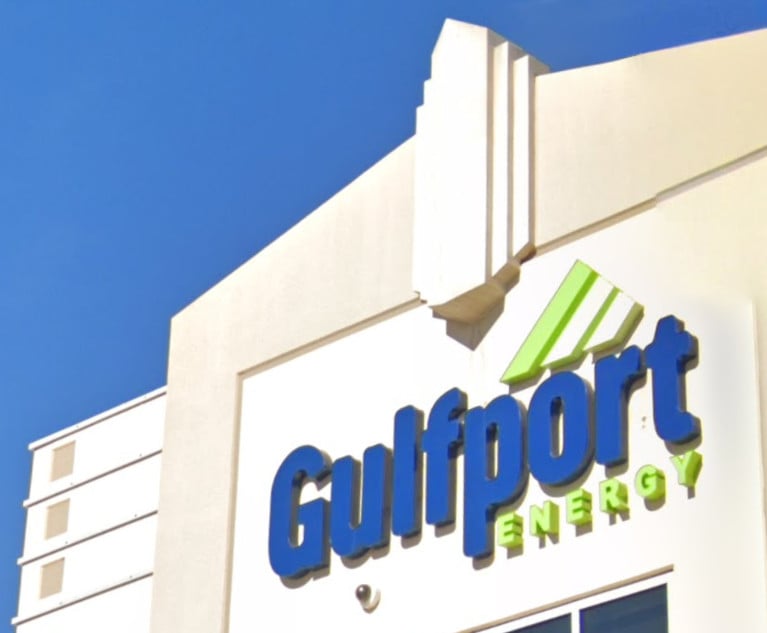The Inflation Reduction Act, Public Law 117-168 was signed into law by President Joe Biden on Aug. 16, 2022, but the impact of some of its provisions is just beginning to be felt. Among those are the substantial federal subsidies the act provides for state and local government investments in clean energy projects. These subsidies are provided through a change in the rules for clean energy tax credits, which will allow state and local governments to take a direct payment in lieu of the tax credit. While the amount of the direct payment for a qualifying project will vary, there is potential for some projects to qualify for a direct payment equal to 70% of the project cost.
Before the passage of the act, clean energy tax credits could only be used to offset a credit recipient’s federal income tax liability. State and local governments were ineligible for credits, as they do not pay federal income tax, and therefore would be required to pay the full cost of any clean energy project. A common workaround was for the government to partner with a tax-paying business to obtain essentially a pass-through of the economic benefit of the tax credit. With the passage of the act, which applies to projects placed in service after Dec. 31, 2022, a state or local government can directly receive the economic benefit of the credit. Eligible entities include states, their political subdivisions, and their agencies and instrumentalities, as well as public school districts.


 (L-R)Timothy J. Horstmann and Ryan T. Gonder with McNees, Wallace & Nurick. Courtesy photos
(L-R)Timothy J. Horstmann and Ryan T. Gonder with McNees, Wallace & Nurick. Courtesy photos




